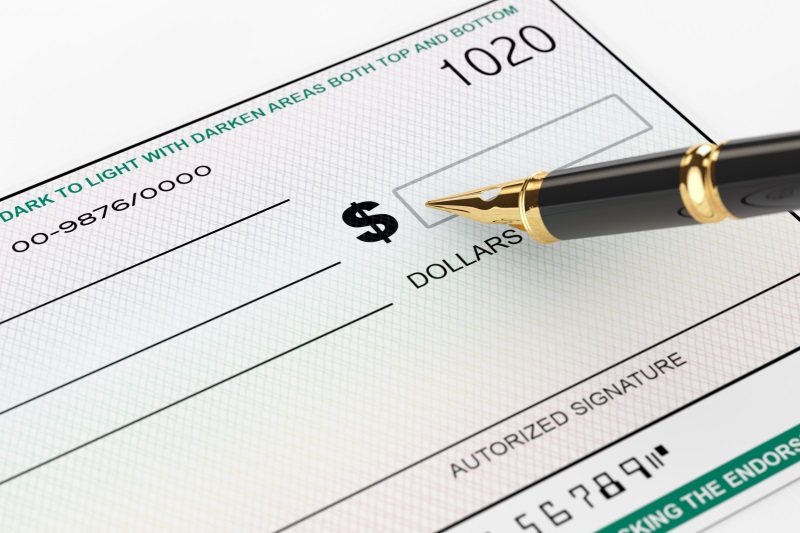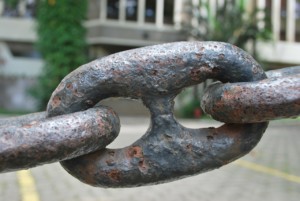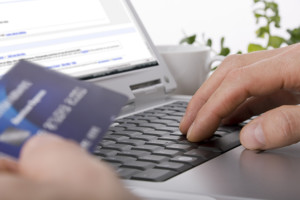[fusion_builder_container hundred_percent=”no” equal_height_columns=”no” hide_on_mobile=”small-visibility,medium-visibility,large-visibility” background_position=”center center” background_repeat=”no-repeat” fade=”no” background_parallax=”none” parallax_speed=”0.3″ video_aspect_ratio=”16:9″ video_loop=”yes” video_mute=”yes” border_style=”solid”][fusion_builder_row][fusion_builder_column type=”1_1″ layout=”1_1″ background_position=”left top” background_color=”” border_size=”” border_color=”” border_style=”solid” border_position=”all” spacing=”yes” background_image=”” background_repeat=”no-repeat” padding=”” margin_top=”0px” margin_bottom=”0px” class=”” id=”” animation_type=”” animation_speed=”0.3″ animation_direction=”left” hide_on_mobile=”small-visibility,medium-visibility,large-visibility” center_content=”no” last=”no” min_height=”” hover_type=”none” link=””][fusion_text]
In the digital age of chip-embedded EMV capable credit cards, near-field communication smartphone payments, and instantaneous electronic credit card processing, it’s hard to imagine that there are people out there who use none of these technologies. Even worse for merchants, some of these same people want to make big-ticket purchases, and don’t carry large amounts of cash. Their only option, and your only option if you want their business, is to take a check.
Is that even possible anymore?
It is, and it’s easier and more secure than ever.
 Modern check writing isn’t like it was in your grandmother’s day, though. Back before we all used credit and debit cards to pay for everything from our morning coffee to our mortgages, most non-cash payments were tendered by personal check. The process went like this: If you wanted to buy something for more than the cash you had on hand, you’d write out a check to the merchant, who’d then hold on to the check until that evening’s bank deposit. The merchant’s bank would process the check, contact your bank and request the funds, which would then be transferred from your account and put into the merchant’s. This process, understandably, was subject to fraud, lost checks, and slow processing – often several days would pass before the money would leave the personal account and be transferred to the merchant.
Modern check writing isn’t like it was in your grandmother’s day, though. Back before we all used credit and debit cards to pay for everything from our morning coffee to our mortgages, most non-cash payments were tendered by personal check. The process went like this: If you wanted to buy something for more than the cash you had on hand, you’d write out a check to the merchant, who’d then hold on to the check until that evening’s bank deposit. The merchant’s bank would process the check, contact your bank and request the funds, which would then be transferred from your account and put into the merchant’s. This process, understandably, was subject to fraud, lost checks, and slow processing – often several days would pass before the money would leave the personal account and be transferred to the merchant.
Enter the Electronic Check
Over the years, this process has become increasingly more electronic. Nightly deposits have been replaced by immediate processing and electronic check (or e-check) verification – today, a check can be processed in seconds at the point of sale, with immediate verification of available funds. This saves you the hassle and cost of a bounced check, and greatly reduces the likelihood of check writing fraud (a very real concern in your grandmother’s day). The process of digitizing a check (or the information on a check) turns it into an electronic transfer, also known as an electronic or e-check.
While many e-check transactions still involve a paper check, even that isn’t a necessity anymore – customers can enter checking account information on your secure eCommerce website, or you can enter it directly into your integrated payment processing solution. You’ve probably used a variation of this process, even if you didn’t know it at the time – payroll direct deposit uses the same Automated Clearing House (ACH) system, and your HR manager probably asked for a voided or cancelled check in order to set it up.
But why?
 At this point, you may be asking yourself, “I haven’t written a check at a store in years, why would my customers want to write a check to me?” This is a valid question, especially if you’re in an industry without big-ticket individual sales, or with a young client base. But the justification for accepting checks is the same as that for credit card acceptance; customers like to have options in their payment solutions, even if it’s one they’d never use. Customers also tend to see you as a more established, legitimate business if you take multiple forms of payment. And it’s hard to know how many sales you’ve lost if customers immediately assume you don’t take checks, and look elsewhere. If there’s a chance your customers might want to pay with a check, it’s in your best interest to make it happen.
At this point, you may be asking yourself, “I haven’t written a check at a store in years, why would my customers want to write a check to me?” This is a valid question, especially if you’re in an industry without big-ticket individual sales, or with a young client base. But the justification for accepting checks is the same as that for credit card acceptance; customers like to have options in their payment solutions, even if it’s one they’d never use. Customers also tend to see you as a more established, legitimate business if you take multiple forms of payment. And it’s hard to know how many sales you’ve lost if customers immediately assume you don’t take checks, and look elsewhere. If there’s a chance your customers might want to pay with a check, it’s in your best interest to make it happen.
So how do you start accepting electronic checks?
 You might already have the ability to accept e-checks – many credit card processors and other financial service providers offer e-check processing and verification services. Call up your merchant services provider and ask what they can do for you. You’ll want to decide beforehand if you’re just interested in accepting e-checks via a virtual gateway (entering check numbers and bank account info manually), or if you’d like to digitally convert checks at the point of sale into electronic checks. Various methods exist for this process, but not all providers support every hardware option available.
You might already have the ability to accept e-checks – many credit card processors and other financial service providers offer e-check processing and verification services. Call up your merchant services provider and ask what they can do for you. You’ll want to decide beforehand if you’re just interested in accepting e-checks via a virtual gateway (entering check numbers and bank account info manually), or if you’d like to digitally convert checks at the point of sale into electronic checks. Various methods exist for this process, but not all providers support every hardware option available.
Checks may seem like an outdated technology, especially for in-person sales. But there’s a portion of the population that still uses them, and even prefers them to more modern methods like credit or debit cards. Your business wouldn’t be unusual if it didn’t accept e-checks, but in an economy where every little advantage can mean more sales and repeat business, you don’t have a lot to lose by accepting one more form of payment your customers might use.
[/fusion_text][/fusion_builder_column][/fusion_builder_row][/fusion_builder_container]




